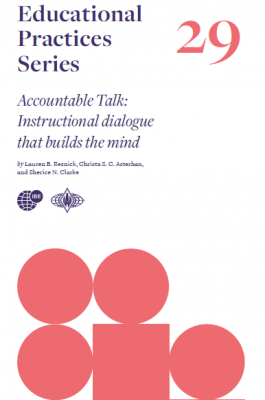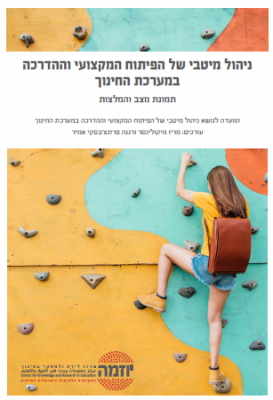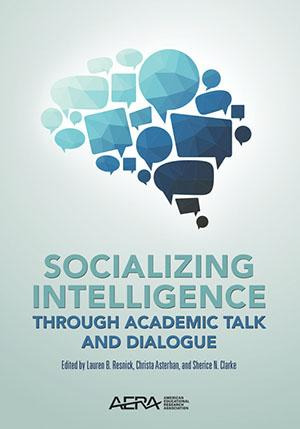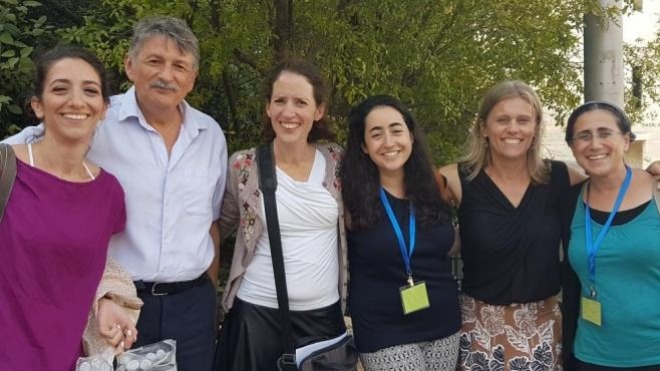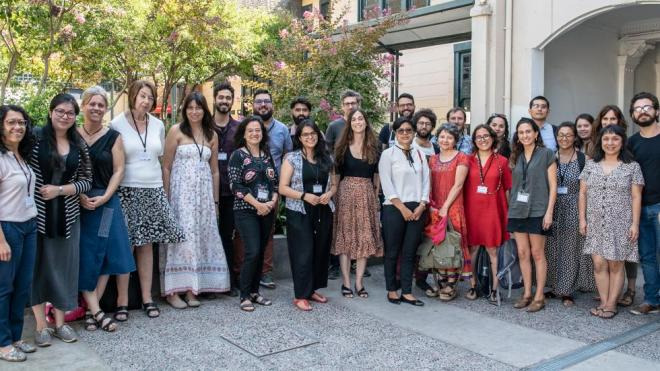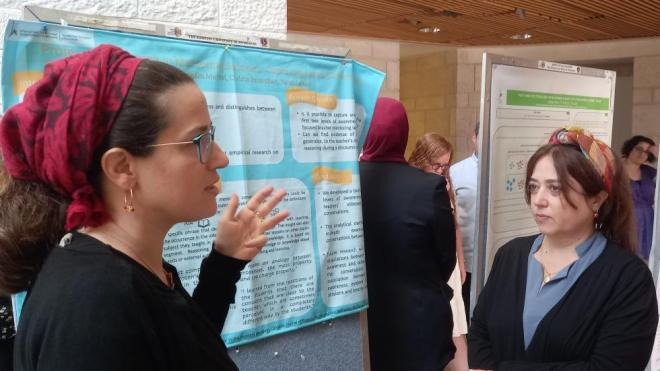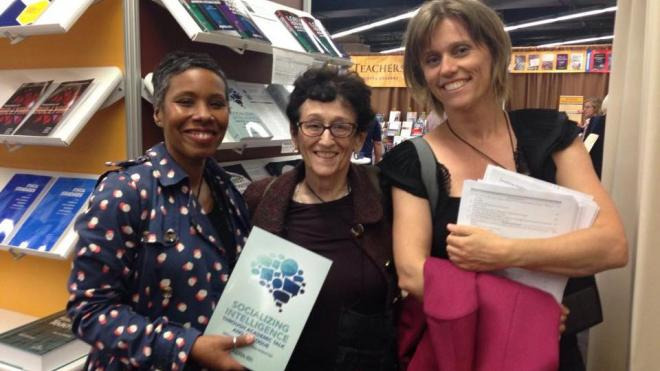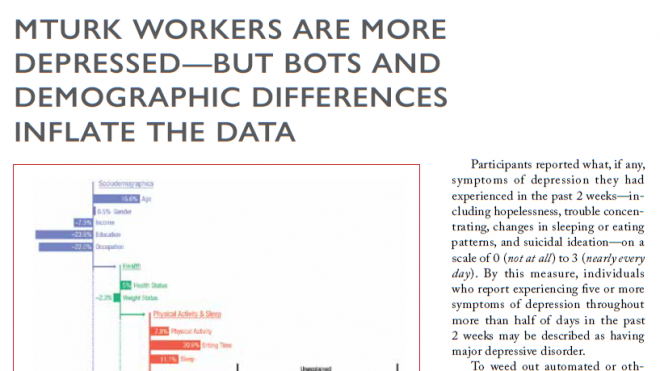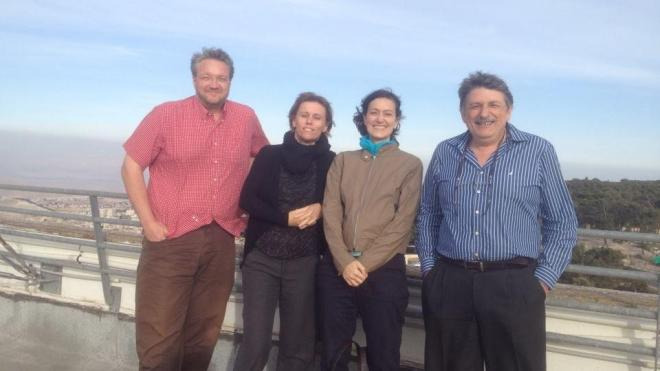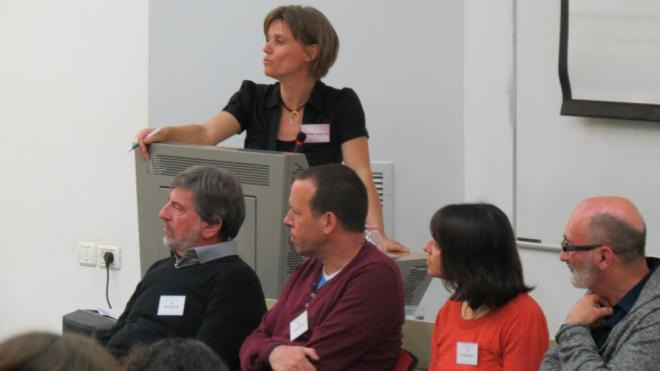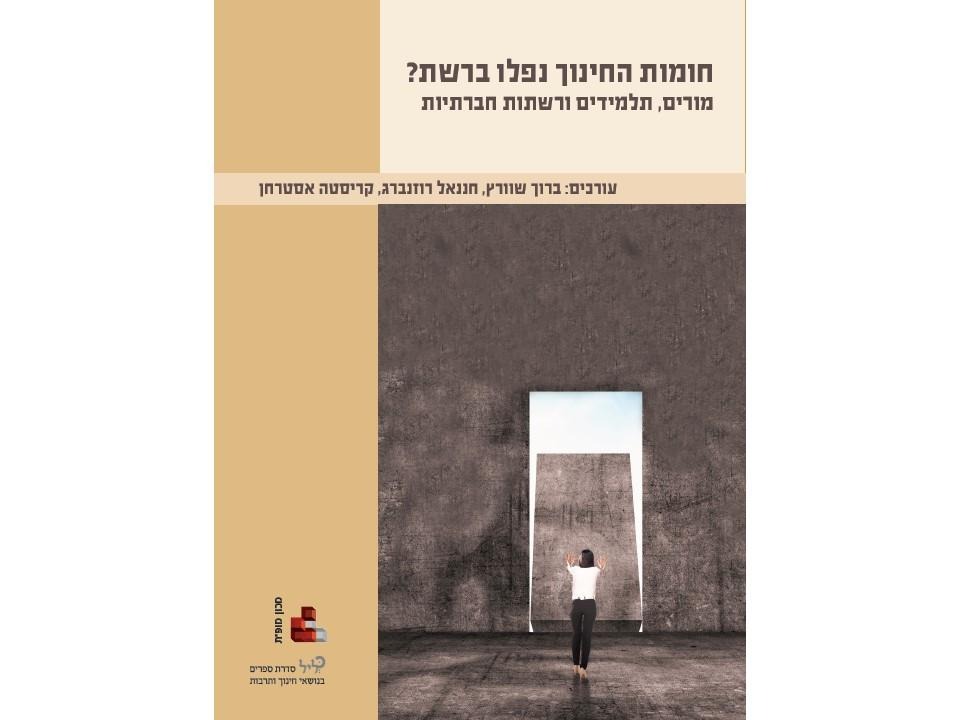I explore the cognitive and social dimensions of learning through human interaction. I am a strong proponent of a multidisciplinary, multi-method approach to the study of learning through interaction. In my own research, I combine controlled experiments, detailed dialogue analyses and self-report data collection methods and am informed by theories from cognitive science, social psychology, communication, and developmental psychology. Topic-wise, my research interests are in group learning, argumentation, teacher support of learning dialogues, conceptual change, teacher pedagogical reasoning, computer-mediated communication and teacher learning in school-based communities.
Recent Publications
- The Search for Evidence-based Features of Effective Teacher Professional Development: A Critical Analysis of the Literature
- Learning through the eyes of another: Online Instruction of Craft Skills Using Eye-Tracking Technology
- Quantifying differences in students’ participation patterns in classroom discussions
- In Pursuit of a More Unified Method to Measuring Classroom Dialogue: The Dialogue Elements to Compound Constructs Approach
- Revisiting revoice: An inductive method for capturing revoice in classroom discussions
- Classroom discussion practices in online remote secondary school settings during COVID-19


